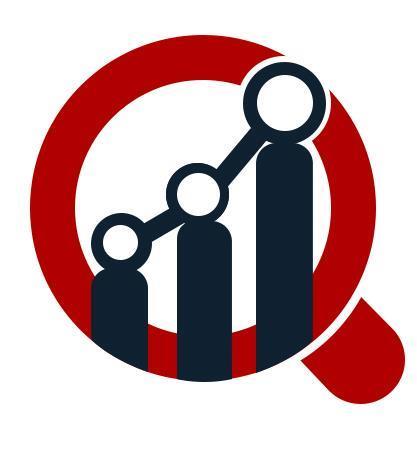The Europe photovoltaic inverter market is at the forefront of the continent's transition to sustainable energy. As Europe intensifies its efforts to combat climate change and reduce dependency on fossil fuels, the demand for PV inverters has surged, playing a crucial role in the region's renewable energy landscape. PV inverters, essential components in solar power systems, convert the direct current (DC) generated by solar panels into alternating current (AC) for use in homes and businesses. This article delves into the current state, key drivers, challenges, and future prospects of the Europe PV inverter market.
Current State of the Market
The Europe PV inverter market has experienced robust growth over the past decade, driven by increasing investments in solar energy projects and supportive governmental policies. Countries like Germany, Spain, and Italy have been at the forefront, with significant installed solar capacities. Germany, in particular, leads the charge with its well-established solar market, while Spain and Italy follow closely with substantial installations driven by favorable climatic conditions and strong regulatory frameworks.
The market is characterized by the presence of several key players, including SMA Solar Technology, Fronius International, ABB, and Huawei Technologies. These companies are engaged in continuous innovation, striving to enhance the efficiency and reliability of PV inverters. Technological advancements, such as the development of string inverters and microinverters, have revolutionized the market, offering better performance, ease of installation, and improved monitoring capabilities.
Key Drivers
- Government Policies and Incentives: One of the primary drivers of the Europe PV inverter market is the strong support from governmental policies and incentives. The European Union's (EU) commitment to achieving climate neutrality by 2050 has led to the implementation of various directives and financial incentives promoting solar energy adoption. Feed-in tariffs, tax rebates, and grants have significantly boosted the market.
- Rising Electricity Costs: Increasing electricity prices across Europe have made solar energy an attractive alternative for both residential and commercial consumers. PV inverters enable households and businesses to harness solar power, reducing their reliance on grid electricity and lowering energy bills.
- Technological Advancements: Continuous innovations in PV inverter technology have improved their efficiency, reliability, and cost-effectiveness. The development of smart inverters, capable of grid stabilization and energy storage integration, has further enhanced their appeal.
- Environmental Awareness: Growing environmental consciousness among European consumers has led to a surge in demand for renewable energy solutions. Solar power, with its minimal carbon footprint, has gained significant traction, driving the PV inverter market.
Challenges
Despite the positive outlook, the Europe PV inverter market faces several challenges:
- Grid Integration Issues: The increasing penetration of solar power into the electricity grid poses challenges related to grid stability and management. PV inverters need to comply with stringent grid codes and regulations to ensure seamless integration.
- High Initial Costs: While the long-term benefits of solar power are evident, the initial costs associated with PV inverter installation can be a deterrent for some consumers. Although prices have been declining, further cost reductions are necessary to make solar energy more accessible.
- Regulatory Hurdles: The regulatory landscape for PV inverters can be complex and varies across different European countries. Navigating these regulations can be challenging for manufacturers and installers, potentially slowing down market growth.
- Technological Obsolescence: Rapid technological advancements, while beneficial, also pose the risk of technological obsolescence. Manufacturers need to continuously innovate to stay competitive, which can be resource-intensive.
Future Prospects
The future of the Europe PV inverter market looks promising, with several trends set to shape its trajectory:
- Energy Storage Integration: The integration of energy storage solutions with PV inverters is expected to gain momentum. This combination allows for better energy management, enabling consumers to store excess solar power for use during non-sunny periods.
- Smart Grid Development: The development of smart grids, incorporating advanced communication and control technologies, will enhance the efficiency and reliability of PV inverter systems. Smart inverters will play a crucial role in maintaining grid stability and facilitating bi-directional energy flow.
- Emerging Markets: While countries like Germany, Spain, and Italy have mature solar markets, emerging markets in Eastern Europe offer significant growth opportunities. Nations such as Poland, Hungary, and Romania are increasingly investing in solar energy, driven by EU directives and local initiatives.
- Sustainability Initiatives: The push towards sustainability and carbon neutrality will continue to drive the adoption of solar energy across Europe. Corporate sustainability goals and consumer demand for green energy will further boost the PV inverter market.
Conclusion
The Europe PV inverter market is poised for substantial growth, driven by supportive policies, technological advancements, and increasing environmental awareness. While challenges related to grid integration, costs, and regulations exist, the market's future prospects remain bright. As Europe continues its journey towards a sustainable energy future, PV inverters will play an indispensable role in harnessing the power of the sun, contributing to a greener and more resilient energy landscape.
More
Trending Reports:
dcs distributed control
system





Comments